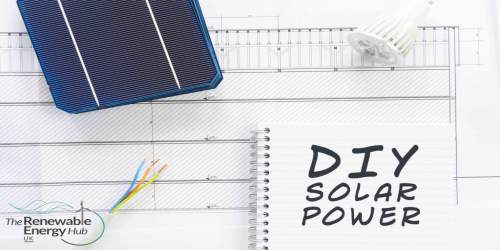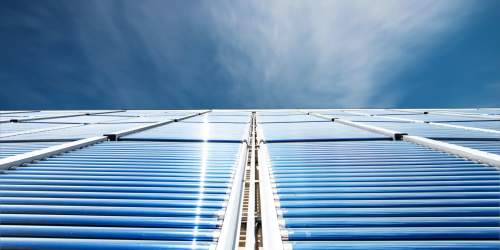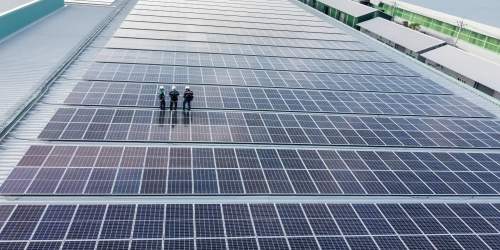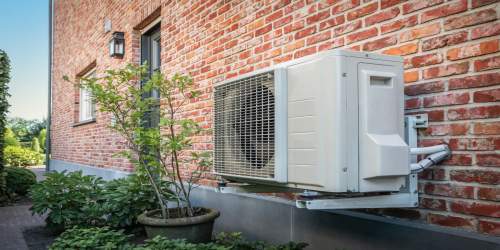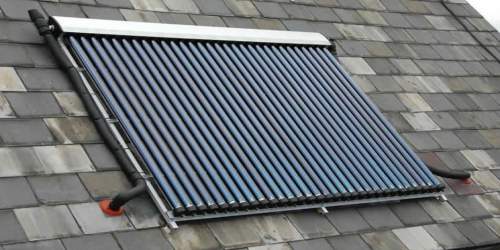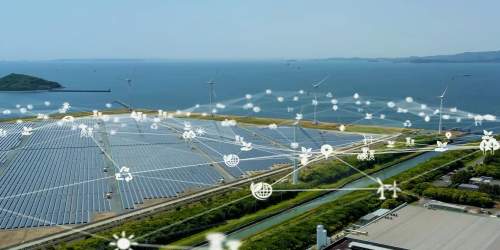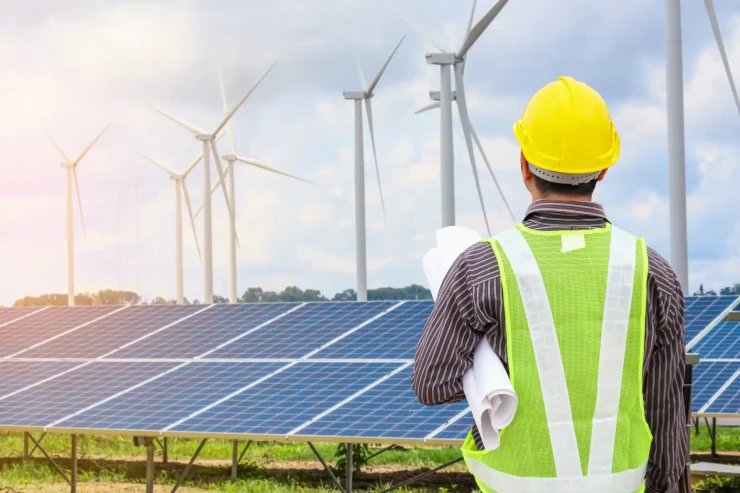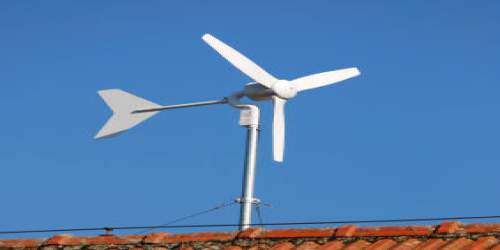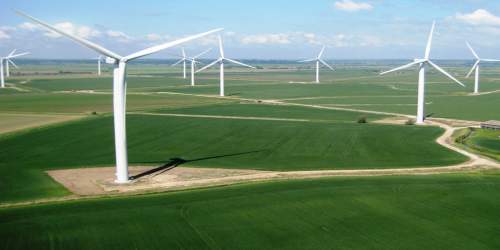Changes to Part L of the UK’s Standard Assessment Procedure (SAP) took effect in June of 2022, setting higher targets for reduced carbon emissions. Part L covers the conservation of fuel and power, meaning new builds must include energy-saving measures to pass the SAP regulations. New structures must also generate at least 10% of their own energy — one of the easiest ways to achieve this is by integrating solar panels into roofs.
The Rise of Solar in the United Kingdom
The British government’s Feed-in Tariff influenced the spread of solar energy across England. Since the government rolled out the incentive in 2010, the number of solar energy-generating sites in the UK boomed, growing from just under 30,000 to well over 1.1 million sites eleven years later. In 2021, the UK produced almost 50 times as much solar power as it did in 2011.
Solar panels are one of many ways to meet the new SAP regulations, but their falling prices have made them more popular than ever. Plus, solar-generated electricity only costs homeowners three to six pence per kilowatt-hour, making it an affordable choice.
COMPARE PRICES FROM LOCAL INSTALLERS
Compare prices from local companies fast & free
Enter your postcode to compare quotes from leading professionals. We promise to keep your information Safe & Secure. Privacy Policy
The Effects of Mandatory Solar Panels
With the new SAP regulations helping Britain get closer to net zero, solar panels will become a staple feature of many homes and businesses. What would it look like if every new build in the UK featured rooftop solar panels?
Decreased Energy Costs
The most obvious benefit would be lower electric bills for homeowners. That would be good news for landlords, too, since tenants would be more likely to pay their rent on time if their utilities were cheaper. Businesses with solar panels could pour more of their funds into increased production, marketing campaigns or employee wages.
Higher Property Values
It is surprising how much certain features influence a building’s value. New hardwood floors, for example, offer homeowners a return of nearly 50% more than their initial investment. As of 2020, solar panels increased a UK home’s average value by a whopping £32,459, which is excellent news for people looking to sell their home. With many buyers in the market for something eco-friendly, homes featuring rooftop solar panels will likely draw more attention than those without them.
Lower Roofing Costs
When adding solar panels to an existing home, builders typically install them over a section of roof tiles or shingles, meaning the homeowner paid for the shingles and the panels covering them. New builds can integrate solar panels into their roofs in place of tiles. It creates a seamless look for the building — no more bulky panels sticking out — and also reduces the cost of installing shingles.
Reduced Carbon Emissions
Solar energy is sustainable because it produces no greenhouse gases. Unlike energy obtained from fossil fuels, solar power is a renewable resource that everyone can access.
The only environmental impact comes from mining the materials to build the panels, the manufacturing process and shipping. Once in place, however, solar panels provide clean power for decades. Many homeowners rely solely on solar power for their electricity needs.
A Culture of Sustainable Living
Solar panels are no longer relegated to affluent or extremely eco-conscious consumers. In the early 2000s, the bright blue panels stuck out like a sore thumb — that is not the case today. As they become mainstream, the normalisation of solar panels will foster an environment where green living is the rule, not the exception.
The Future Is Solar
It will not happen overnight, but solar panels are poised to become the next big architectural trend. Even before the SAP update guided builders to create more energy-efficient structures, homeowners were already in the market for renewable power. The widespread use of solar panels is just around the corner.
by Jane Marsh



